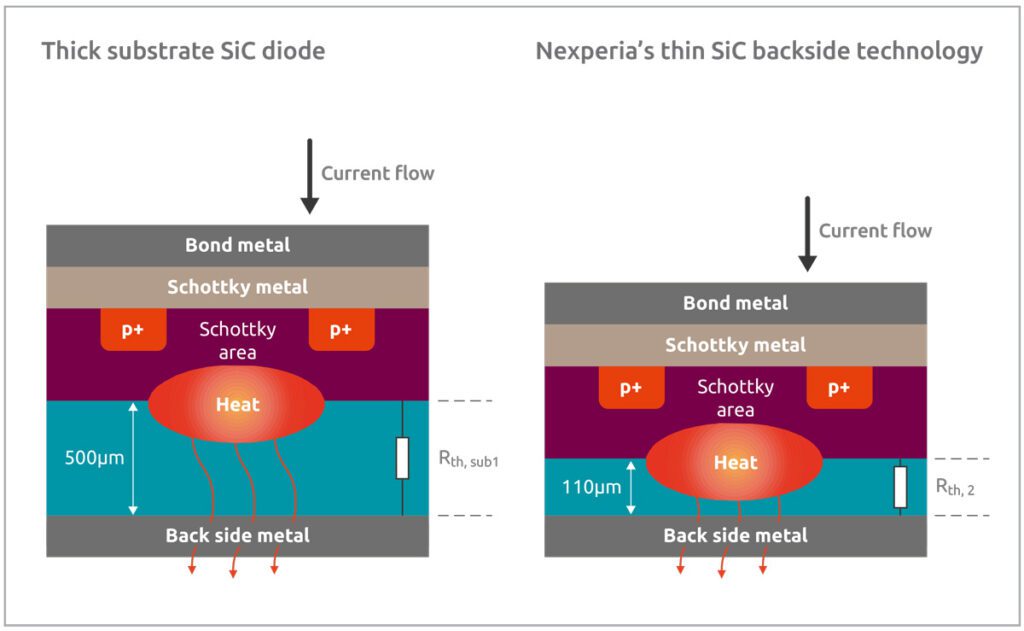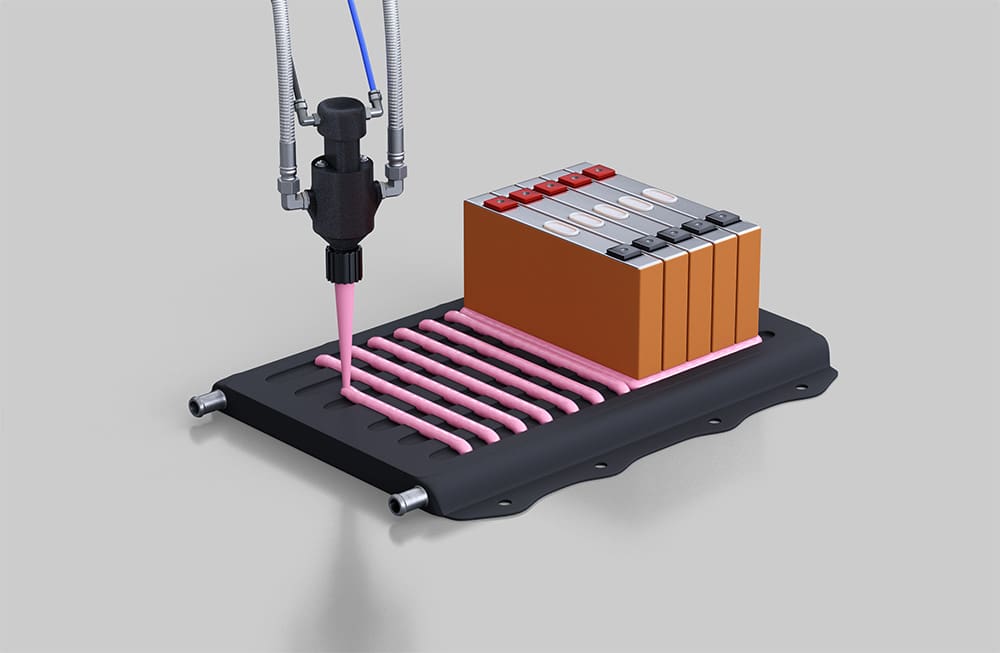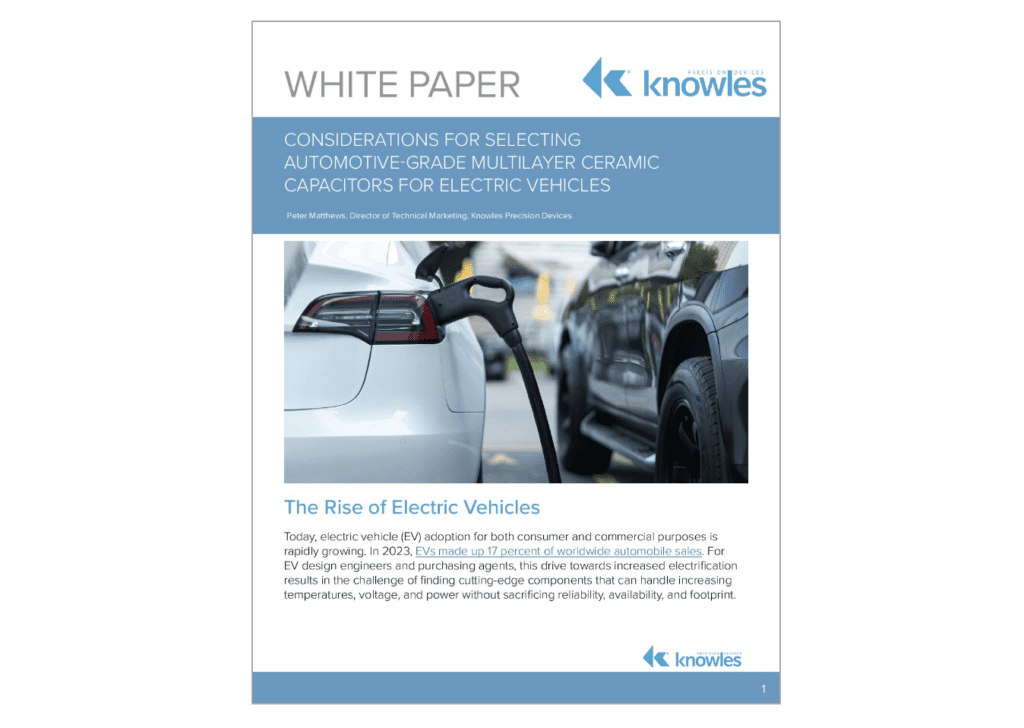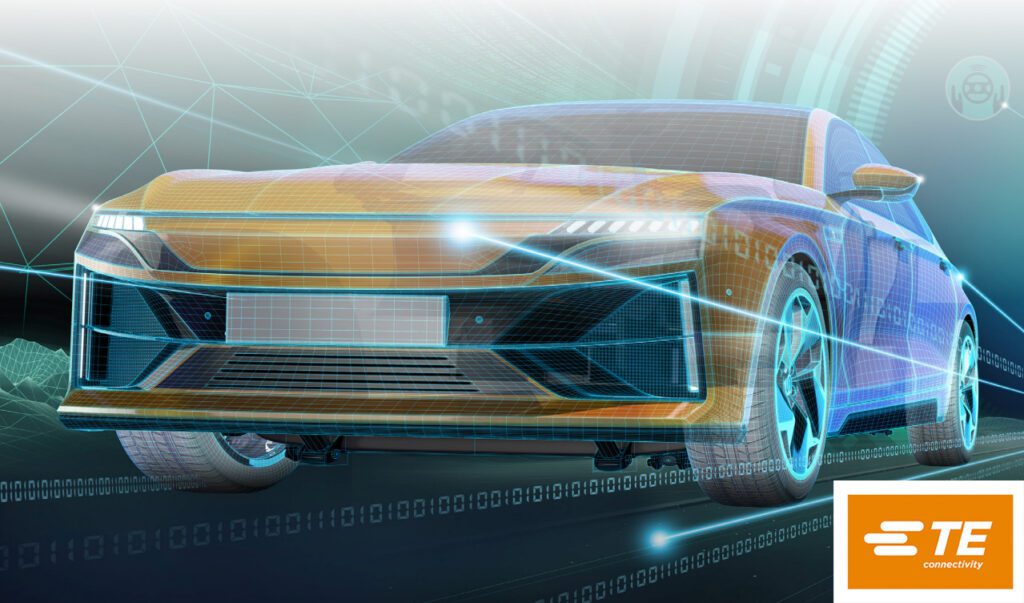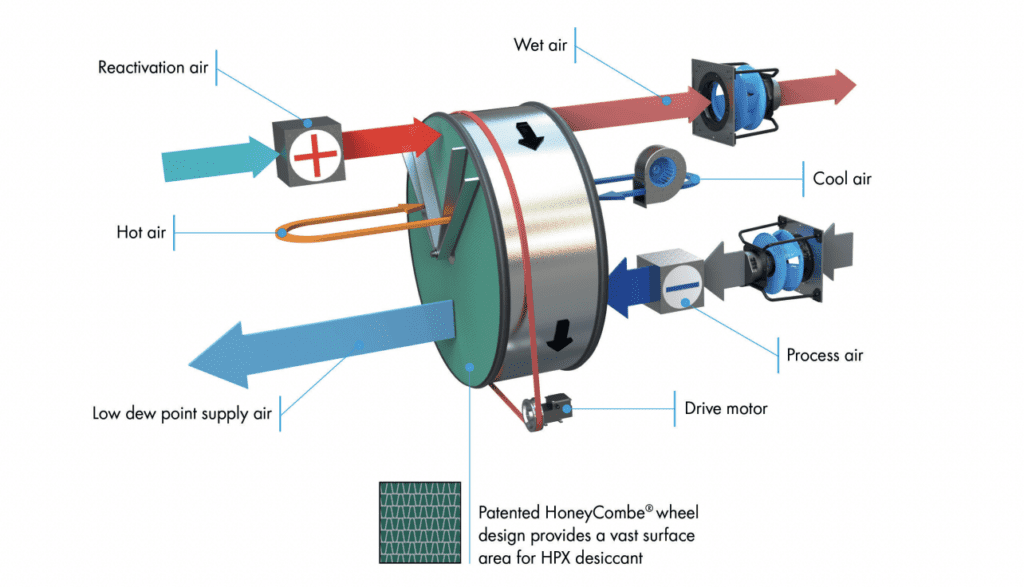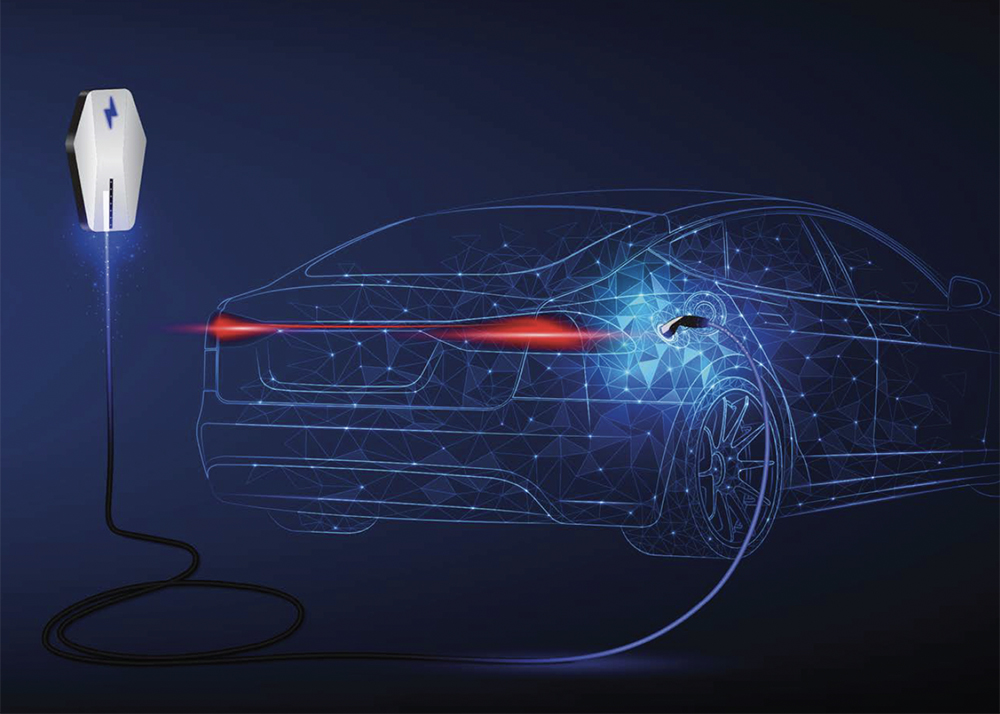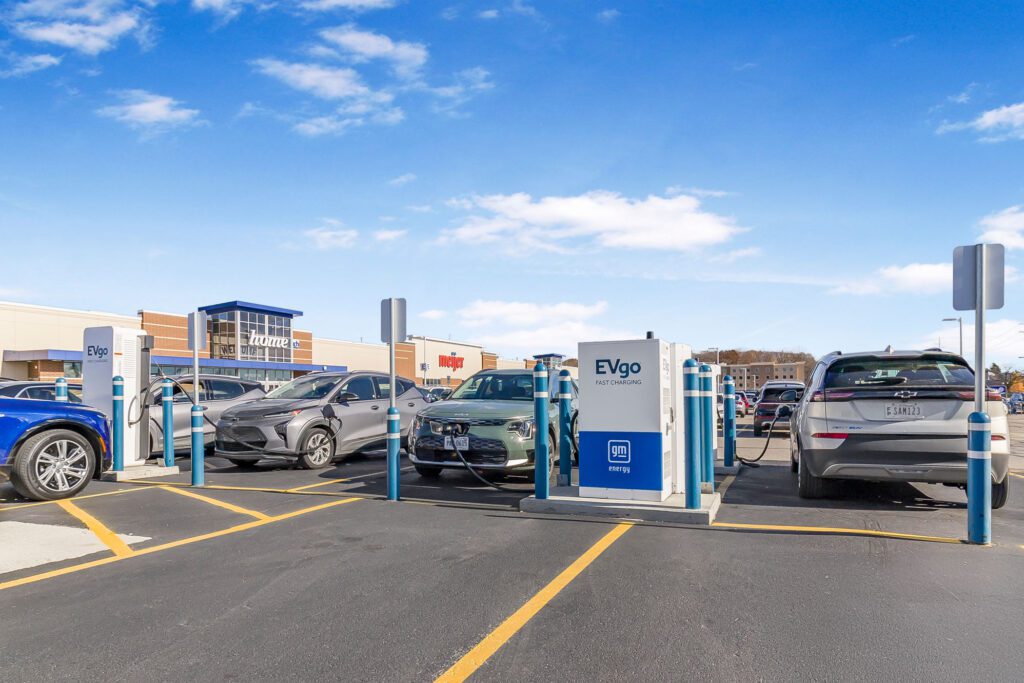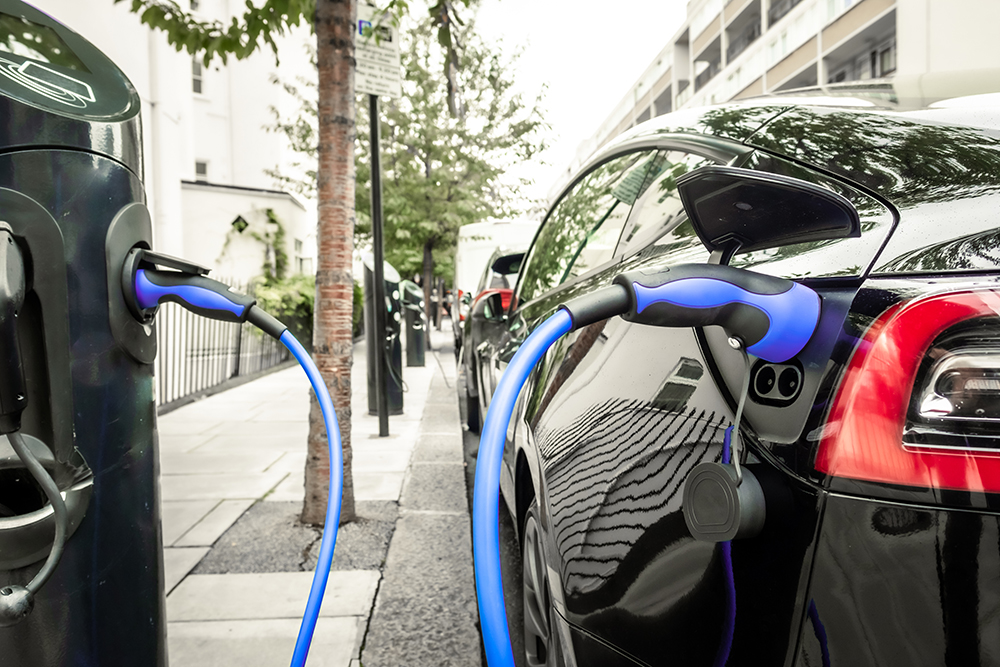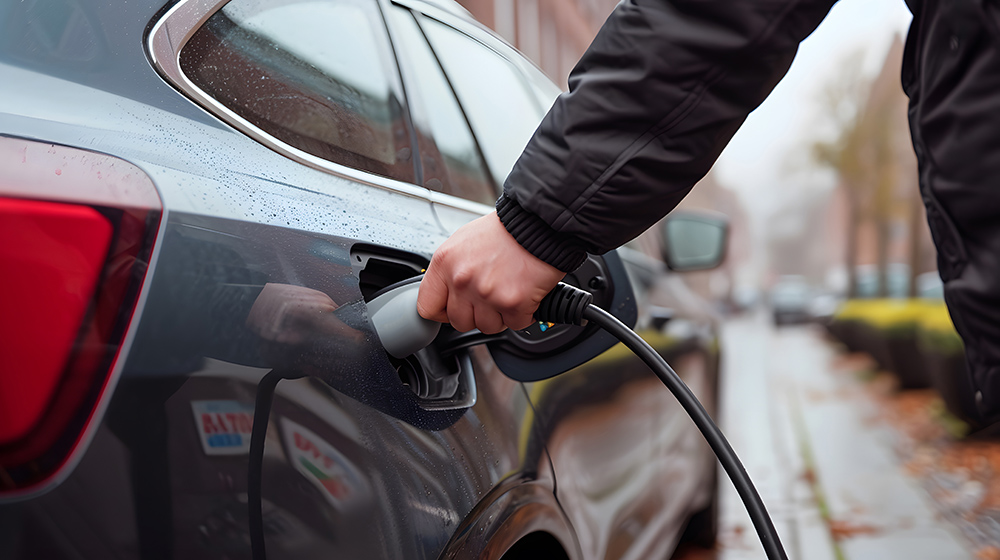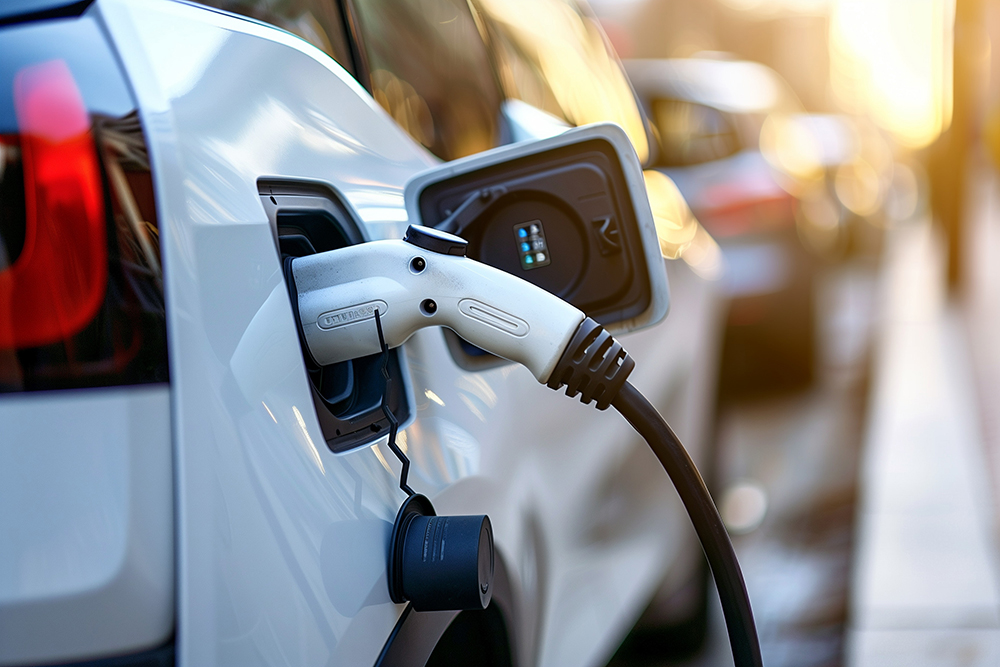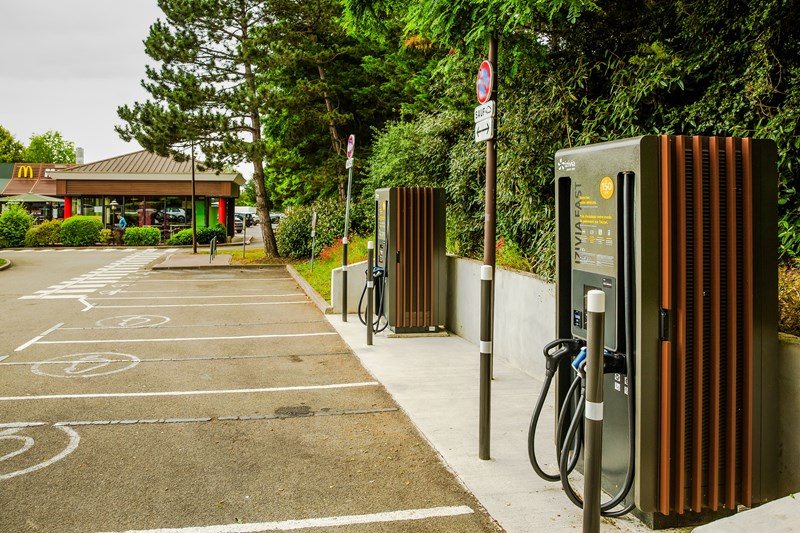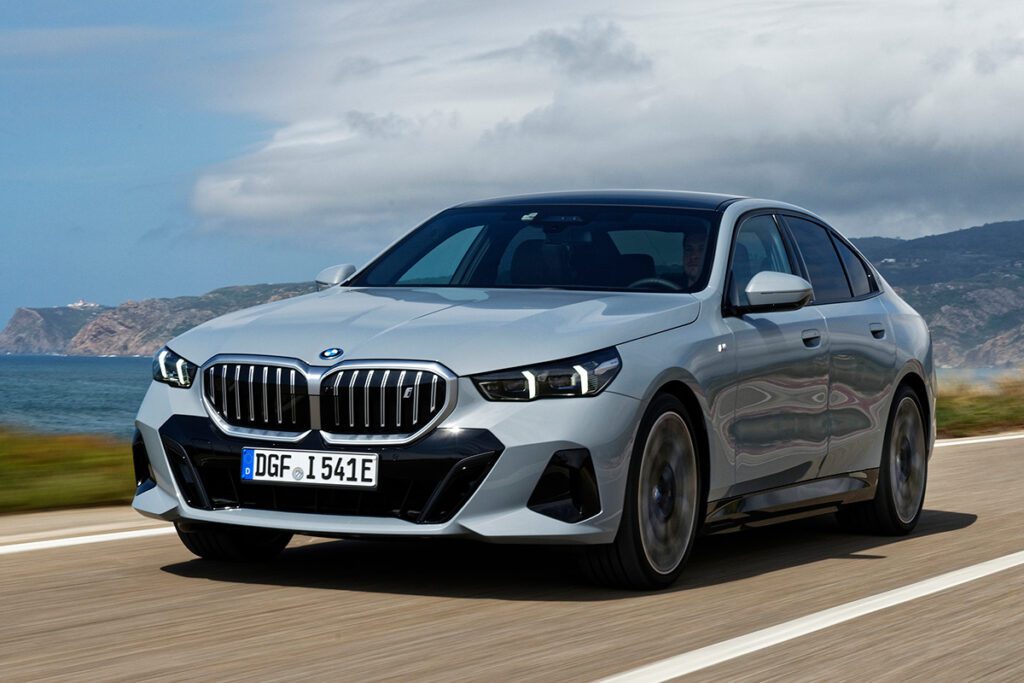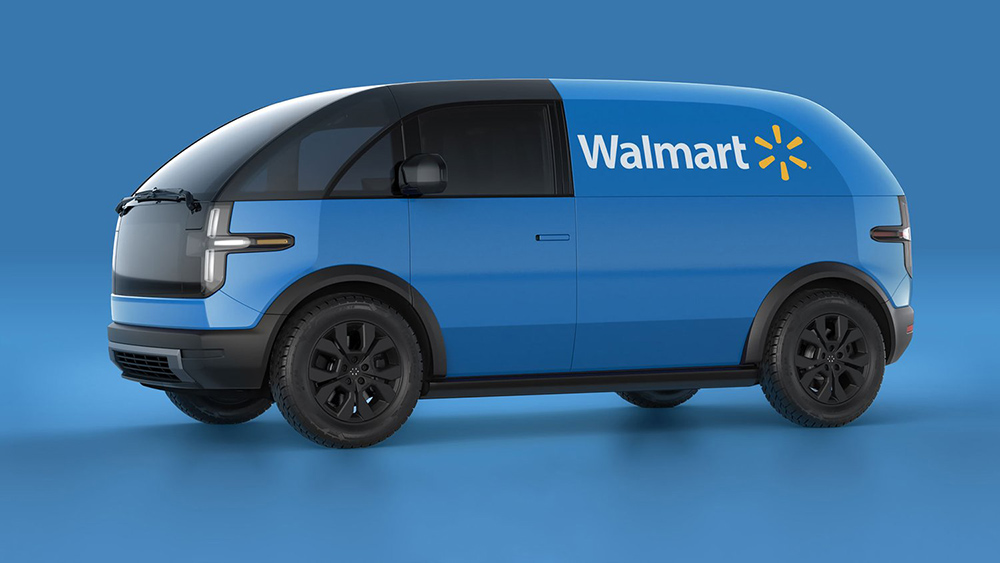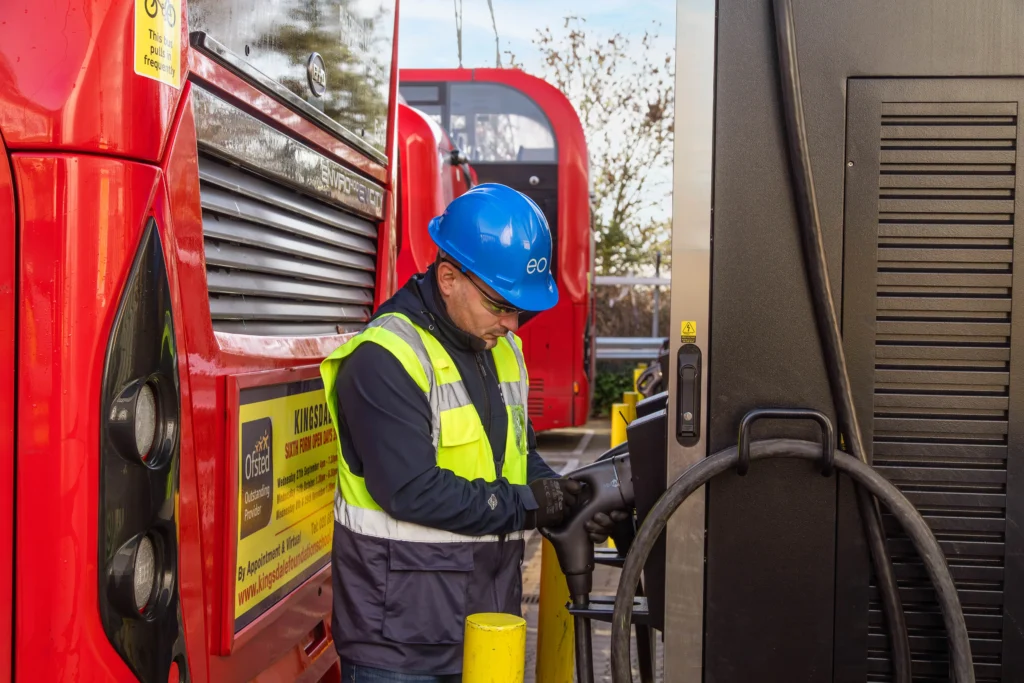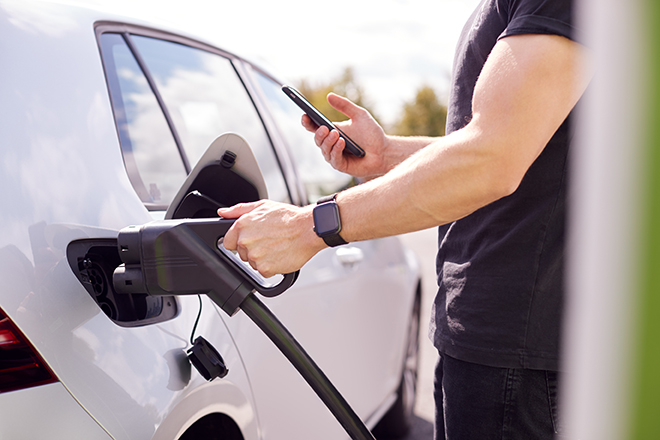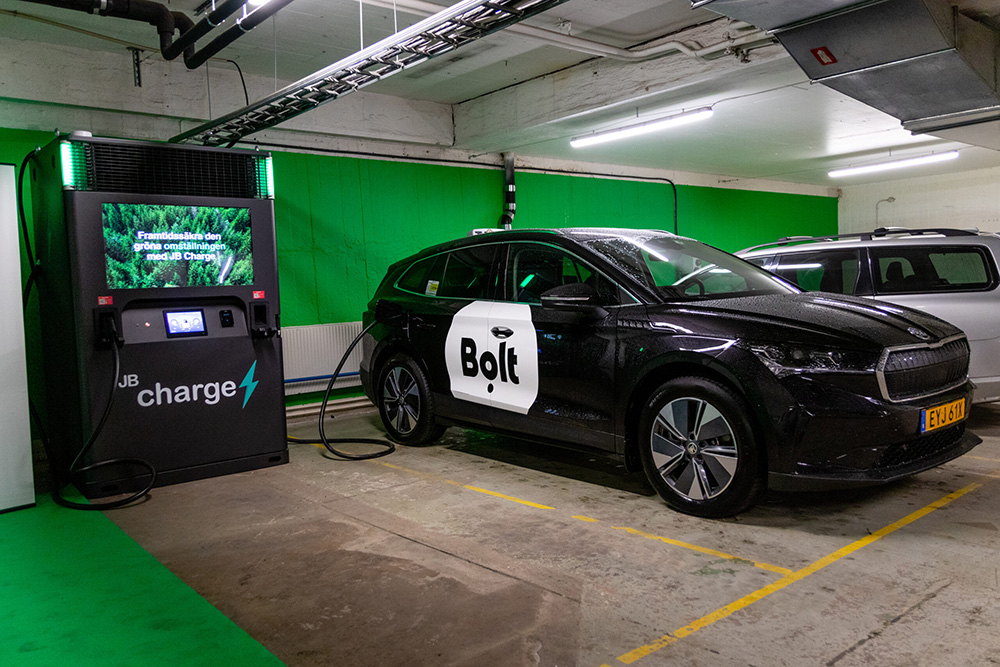The UCS's report is titled State of Charge: Electric Vehicles’ Global Warming Emissions and Fuel-Cost Savings Across the US.
The Union of Concerned Scientists (UCS) has released a report entitled State of Charge: Electric Vehicles’ Global Warming Emissions and Fuel-Cost Savings Across the United States. This is the first study we’ve seen that analyzes the full cycle of energy production for EVs (“from wells to wheels”), and the first that offers a truly meaningful comparison (“apples to apples”) between the emissions of EVs and legacy internal-combustion-powered vehicles.
EV skeptics (the serious kind, not the frothing-at-the-mouth kind) have long pointed out that an EV is only as clean as the power plant that charges its batteries. Considering that 45% of US electricity comes from icky coal, might an EV actually be responsible for more greenhouse gas emissions than a fuel-efficient gas sipper? The short answer, according to State of Charge: “Electric cars produce lower global warming emissions and cost significantly less to fuel than the average compact gasoline-powered vehicle.”
Of course, the picture is much more complex than that, and the UCS report goes into great detail about the various factors that go into calculating the impact of EVs. The mix of fuels used to produce electricity varies widely across the US, so how green your EV really is depends very much on where you drive it. The report divides the US into power-grid regions, and assigns each region to one of three categories. In regions with the dirtiest energy mix (mostly coal), the greenhouse gas emissions of an EV are equivalent to those of a gas-powered car that gets 31-40 mpg. In regions with the cleanest energy mix (more gas, nuclear, hydroelectric and renewables), an EV causes far less emissions than even the most efficient of hybrids. 45% of Americans live in one of these “best” regions, and only 18% live in the dirtiest regions.
According to the UCS, the emissions advantages of EVs are overwhelming. It’s true that, in regions that depend heavily on coal, a fuel-efficient hybrid would outperform an EV on greenhouse gas emissions. However, even if it were powered 100% by coal, an EV would have the equivalent emissions of a gas burner that got 30 mpg. “This means that even when charging an EV with electricity made only from coal, the dirtiest electricity source, the EV has better emissions than the average new compact gasoline vehicle.”
All of this is good news for EVs as far as it goes, but State of Charge notes that, in order to achieve the reductions in emissions that scientists say are required to avoid climate catastrophe, “we must also phase out the highest-emitting electricity sources, such as coal, and increase the use of cleaner and renewable electricity generation. Only by pursuing both of these objectives in parallel can electric vehicles fulfill their potential.”
Fortunately, things are moving steadily in the right direction. “29 states have adopted renewable electricity standards, which require growing shares of renewables to meet electricity demand – for example, Connecticut intends that 23 percent of its total electricity-generating capacity will be renewable by 2020. 24 states have adopted energy efficiency resource standards, which aim to accelerate energy efficiency investments and thereby reduce electricity demand.” Meanwhile, the combination of the Obama administration’s tough new emissions requirements and the plummeting price of natural gas has caused the construction of new US coal plants to grind to a halt.




















